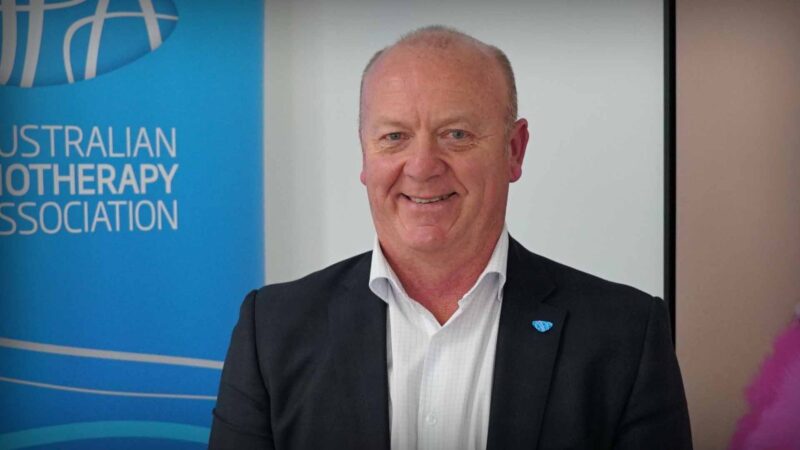IMPROVED ACCESS TO TECHNOLOGY NEEDED FOR PEOPLE WITH TYPE 2 DIABETES NEEDING INSULIN National Diabetes Services Scheme (NDSS) disparity in subsidised access to CGM systems
Australian Health Journal segment
Filmed in Canberra | March 2025
With
Susan Davidson, CEO
Australian Diabetes Educators Association
Sahar Awais,
NSW Registered Nurse
Susan Davidson is the CEO of the Australian Diabetes Educators Association (ADEA), the leading body for diabetes education in Australia. ADEA plays a crucial role in accrediting credentialed diabetes educators and providing essential training for all health professionals, as roughly 25% of individuals seeking healthcare are affected by diabetes.
In Australia, around 1.5 million people are diagnosed with diabetes, with an additional estimated 500,000 undiagnosed cases of Type 2 diabetes. Among those diagnosed, approximately 140,000 have Type 1 diabetes, while 1.3 million live with Type 2 diabetes, and about 65% of these individuals use insulin. The increasing prevalence of diabetes highlights the need for consistent education among healthcare providers to aid patients in managing their conditions effectively.
To address the evolving nature of diabetes management and technology, ADEA has recently introduced micro-credentials for healthcare professionals, enhancing their understanding of diabetes care. Consistent messaging from various healthcare providers is vital, as conflicting information can lead to patient confusion and disengagement from care.
The National Diabetes Services Scheme (NDSS) provides subsidised products for diabetes management; however, disparities exist in access to technology between those with Type 1 and Type 2 diabetes. While continuous glucose monitoring (CGM) devices are subsidised for Type 1, they are not available for Type 2 diabetes. ADEA advocates for equitable access to these essential tools, emphasising that all individuals with diabetes deserve the resources necessary for optimal management and reduced risk of complications. Without such technologies, many are forced to rely on finger pricking, which can be inconvenient and unsafe in settings such as the workplace and in higher education.
Source: Rewritten from transcript
You Might also like
-
Scott Willis, talks Physiotherapy
Health Executive Leadership Insights (HELI)
Scott Willis, the National President of the Australian Physiotherapy Association talks Physiotherapy -
Spinal implant technology eyes global opportunity
Adelaide, South Australia wants to let the secret out, and be known as hub for medical devices, pharmaceuticals, biotechnology, and digital health. It boasts world-class research institutions, such as the University of Adelaide and SAHMRI, fostering innovation and collaboration. The city’s supportive government policies provide incentives, grants, and streamlined regulations for businesses. Adelaide’s skilled workforce, renowned for its expertise in health sciences, offers a talent pool to drive industry growth. Additionally, the city’s strategic location, advanced infrastructure, and strong healthcare ecosystem make it an ideal base for development, manufacturing, and market access, attracting companies in these sectors.
-
South Australia prioritises preventive health
On 28th November 2024, the SA Parliament passed legislation to make preventive health a key part of South Australian health system for the first time, through a new agency aptly named Preventive Health SA.
Preventive Health SA will lead evidence-informed and innovative action to prevent and reduce the burden of non-communicable health conditions and improve health equity across the South Australia population.



